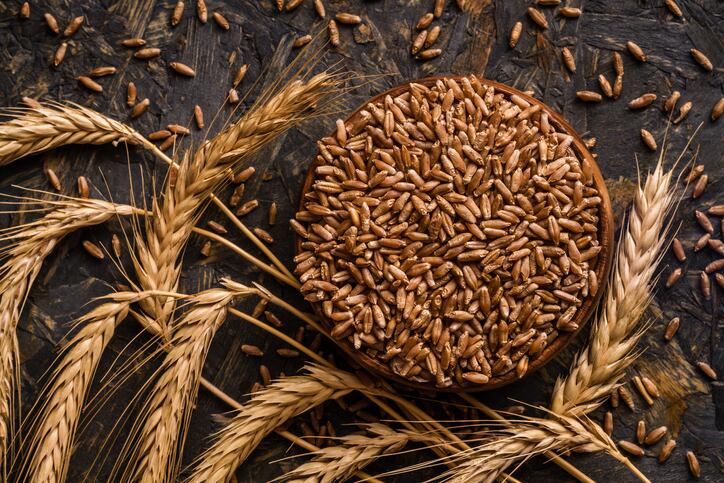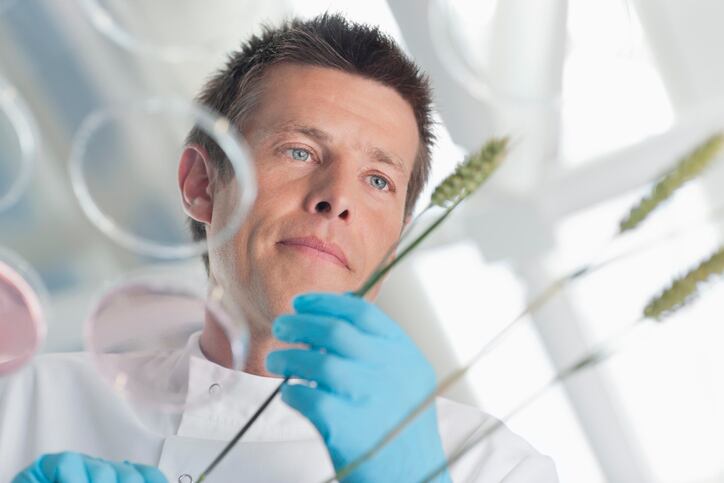Researchers at Rothamsted Research in the UK used a gene-editing technology called CRISPR to “knock out” a gene in the wheat which they hoped would lower formation of asparagine. When cooked, this amino acid is converted to acrylamide – a potential carcinogen that food processors are keen to control.
Levels of asparagine (acrylamide’s precursor) in the GE wheat were up to 50% lower than the control variety Cadenza. Once ground into flour and cooked, the amounts of acrylamide formed were also significantly reduced by up to 45%.
The field trail was an important step in determining whether the new GE wheat would be viable. Indoor trials under glass had proved successful, but only by planting out in experimental fields could the research team be sure that the new strain could deliver for farmers.
Prof Nigel Halford, who led the research said: “The study showed that gene editing to reduce asparagine concentration in the wheat grain works just as well in the field as under glass.
“This is important because the availability of low acrylamide wheat could enable food businesses to comply with evolving regulations on the presence of acrylamide in food without costly changes to production lines or reductions in product quality. It could also have a significant impact on dietary acrylamide intake for consumers."
Regulatory framework could put brakes on GE in Europe
While Prof Halford was bullish on the potential impact gene editing could have in helping the food sector develop healthier products, he warned that an uncertain regulatory environment could limit the development of the technology.
“GE plants will only be developed for commercial use if the right regulatory framework is in place and breeders are confident that they will get a return on their investment in GE varieties,” he warned.
The results of the trial are timely as the Genetic Technology (Precision Breeding) Bill, which will make provision for the release and marketing of GE crops, is in the final stages of its passage through the UK Parliament. Some scientists suggest CRISPR represents an exciting development for the food industry that will become increasingly important to keep up with the changing environment, but regulation has limited the use of the technology in agriculture.
Both gene editing and genetic modification are banned by the EU, although Brussels is reviewing its stance on CRISPR crops.
CRISPR can be used as an advanced plant-breeding tool that facilitates crop breeding by making cuts at specific locations in a plant genome. Subsequent repair of the cut by the cell’s endogenous repair mechanism can introduce precise changes. Unlike GMOs, no new genetic material is added.
The UK Department for Environment, Food and Rural Affairs believes gene editing techniques, such as CRISPR, have the potential to produce abundant, healthy food and to reduce the environmental impact of a growing global population.
It further believes gene editing techniques, when used to breed crops that could have been developed using traditional methods, should not be regulated as GM crops. It complains that despite the differences between genome editing with CRISPR and GM, genome edited plants are currently treated in the same way as GM under EU regulations, essentially blocking the use of a technology that is gaining official approval in many other parts of the world.
Reference
Field assessment of genome edited, low asparagine wheat: Europe's first CRISPR wheat field trial
Plant Biotechnology Journal
https://doi.org/10.1111/pbi.14026




